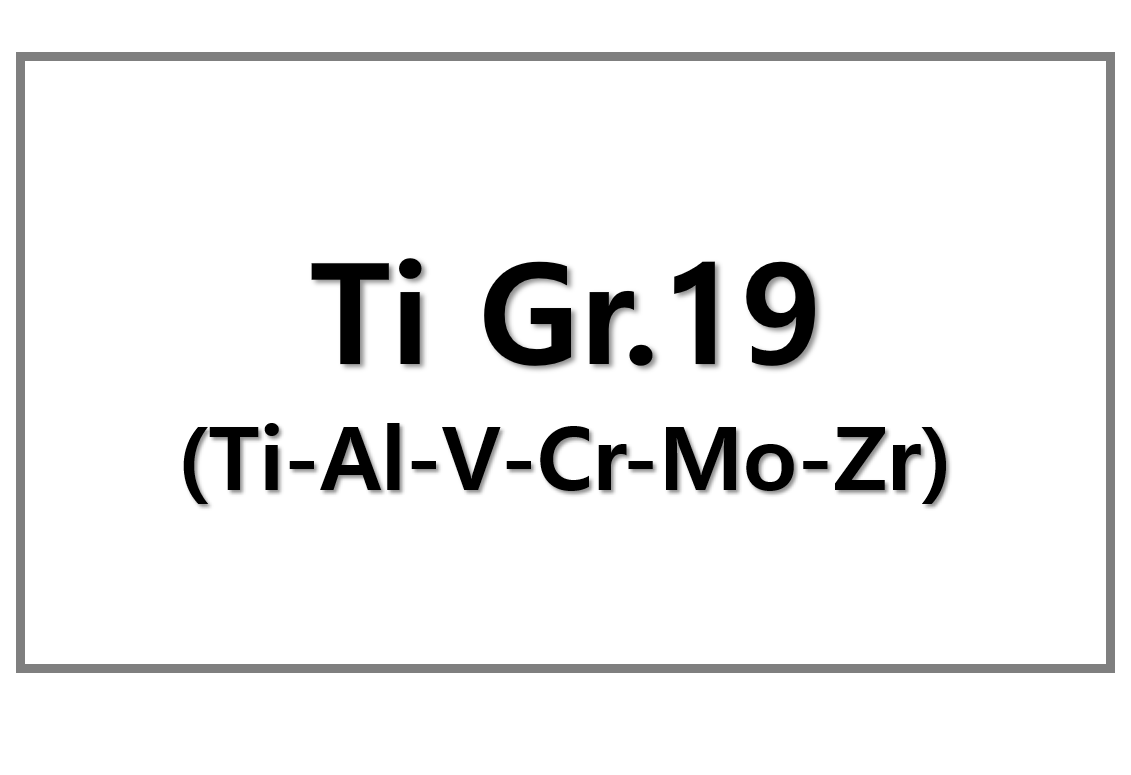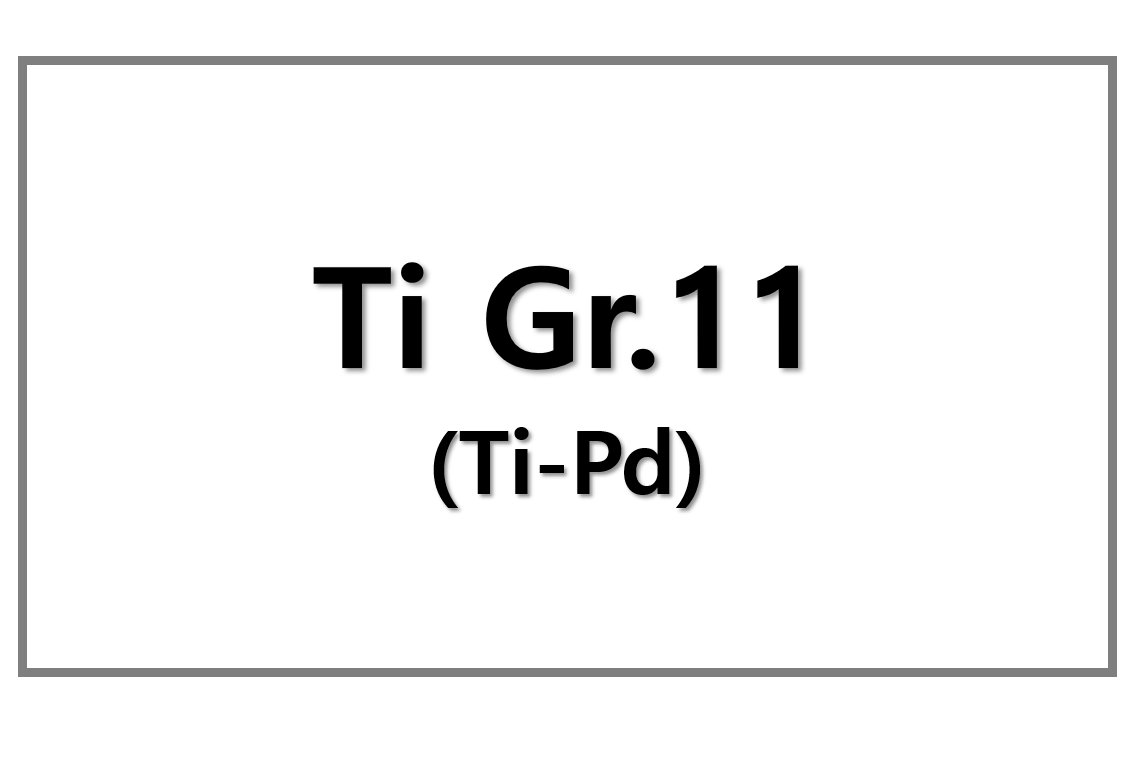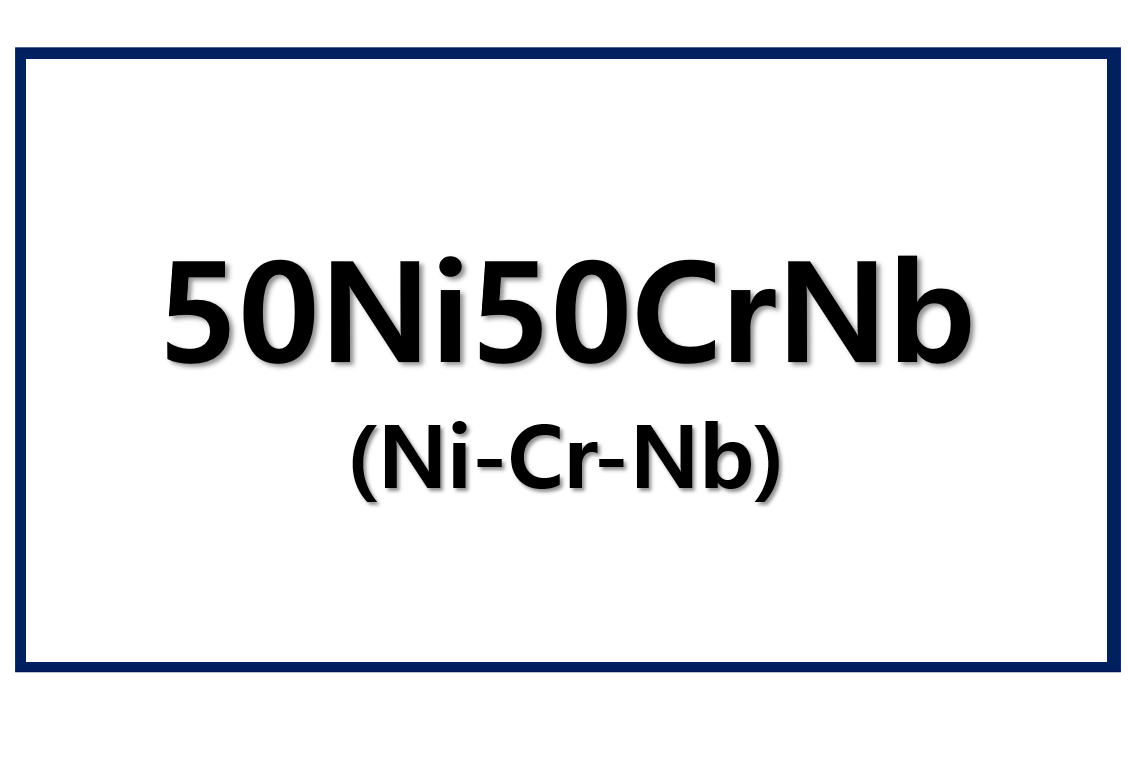
Steel Industry Reacts to Trump’s 35% Tariff on Canadian Imports
U.S. President Donald Trump has officially imposed a 35% tariff on imports from Canada, starting August 1, 2025. The decision targets Canadian metals—particularly steel and aluminum—and intensifies concerns over rising trade barriers despite existing USMCA agreements. The move comes on top of an already separate 50% tariff applied specifically to steel products.
In an open letter to Canadian Prime Minister Mark Carney, Trump cited unfair trade practices and ongoing policy disputes. He emphasized non-tariff barriers and trade deficits as major concerns. Canadian officials, including Industry Minister Melanie Joly, responded by affirming readiness to challenge the decision. Prime Minister Carney echoed Canada’s commitment to defend its workers, highlighting ongoing efforts to negotiate a resolution.
The 35% tariff could significantly disrupt North American steel supply chains, increasing costs for manufacturers reliant on Canadian imports. Analysts warn of a ripple effect across multiple sectors, including minerals, automotive components, and industrial goods. Despite USMCA protections, the lack of clarity about exemptions adds to the uncertainty.
Trade Uncertainty Clouds Future for Canadian Steel and US Manufacturing
Steel producers in Canada have already called for a swift and unified response. The Canadian Steel Producers Association denounced the tariff as a direct threat to half of the nation’s export volume to the U.S. At the same time, the financial markets reacted sharply to Trump’s broader tariff threats—15–20% duties on other trade partners now loom.
On May 30, Trump addressed workers at a U.S. Steel plant in Pennsylvania, promising protectionism in the form of even higher steel import tariffs. He doubled the rate from 25% to 50%, signaling a full return to the aggressive trade policies of his previous term. This escalation marks a strategic pivot toward isolationist trade measures, with Canadian metals caught in the crossfire.
Corpay Chief Strategist Carl Chamotta described the move as a “big shock” for Canada’s economy. He added that the speed and tone of Trump’s announcements are fueling broader market volatility. Canada now faces a critical inflection point in trade negotiations, especially as other countries brace for similar actions.
SuperMetalPrice Commentary:
Trump’s new tariff regime throws North America’s integrated steel market into disarray. With Canadian steel now facing both 35% general and 50% sectoral duties, bilateral trade faces unprecedented friction. Manufacturers in the U.S. relying on Canadian raw materials may see sharp input cost increases, which could cascade across industries. Canada’s response and U.S. domestic pressures will shape the next phase of this trade standoff. Expect volatile pricing and supply disruptions unless a diplomatic compromise is reached. The steel market now stands at the frontline of a broader geopolitical and economic battle.











Leave a Reply
You must be logged in to post a comment.